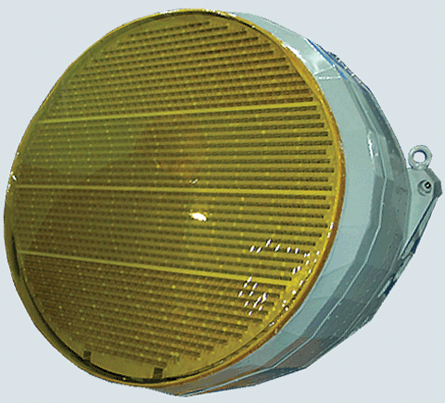Russia unveiled the first element of its fifth-generation Sukhoi PAK FA/T-50 fighter during the Moscow MAKS air show, with Tikhomirov's NIIP having exhibited the type's active electronically scanned array (AESA) radar.
The newly unveiled unit is intended for integration with Sukhoi's heavyweight fighter prototype, which air force commander Aleksandr Zelin says is due to fly in November or December. The aircraft was shown to President Vladimir Putin in its assembly phase during his May visit to the KnAAPO production plant in Komsomolsk-on-Amur.
Tikhomirov says the AESA antenna entered benchtesting in November 2008, and was mated with the radar's other blocks for an initial integration test "this summer". A second example to be produced for an operational prototype of the T-50 will be completed by mid-2010, it adds.
NIIP has not provided any details about the new radar, beyond saying that its antenna contains more than 1,000 solid transmit/receive modules. The design is Russia's second AESA system, following the Phazotron Zhuk-AE being developed for the RSK MiG-35.
 |
|---|
© Vladamir Karnozov |
Outwardly, the T-50 is believed to resemble the configuration of the US Air Force's Lockheed Martin F-22, and will share design features such as internally carried weapons and supercruise performance. The Russian aircraft will also have an integrated on-board sensor and flight control system which will include several radar antennas to provide a 360° coverage.
Sukhoi will complete five prototypes for initial testing, including two to be dedicated for ground test activities. Initial trials are scheduled for completion in 2011-12, with the company expecting to produce an initial batch of aircraft for operational trials by 2015.
Russia's initial batch of aircraft will be powered by NPO Saturn Item 117 engines, derived from the supplier's AL-31F series. A new engine will be incorporated with later production examples, with this likely to be a design proposed by MMPP Salut and based on the AL-31FM3.
India is also seeking its own version of the T-50 under an agreement with Moscow. This is expected to feature some airframe differences and use Indian avionics equipment.
Source: Flight International



















